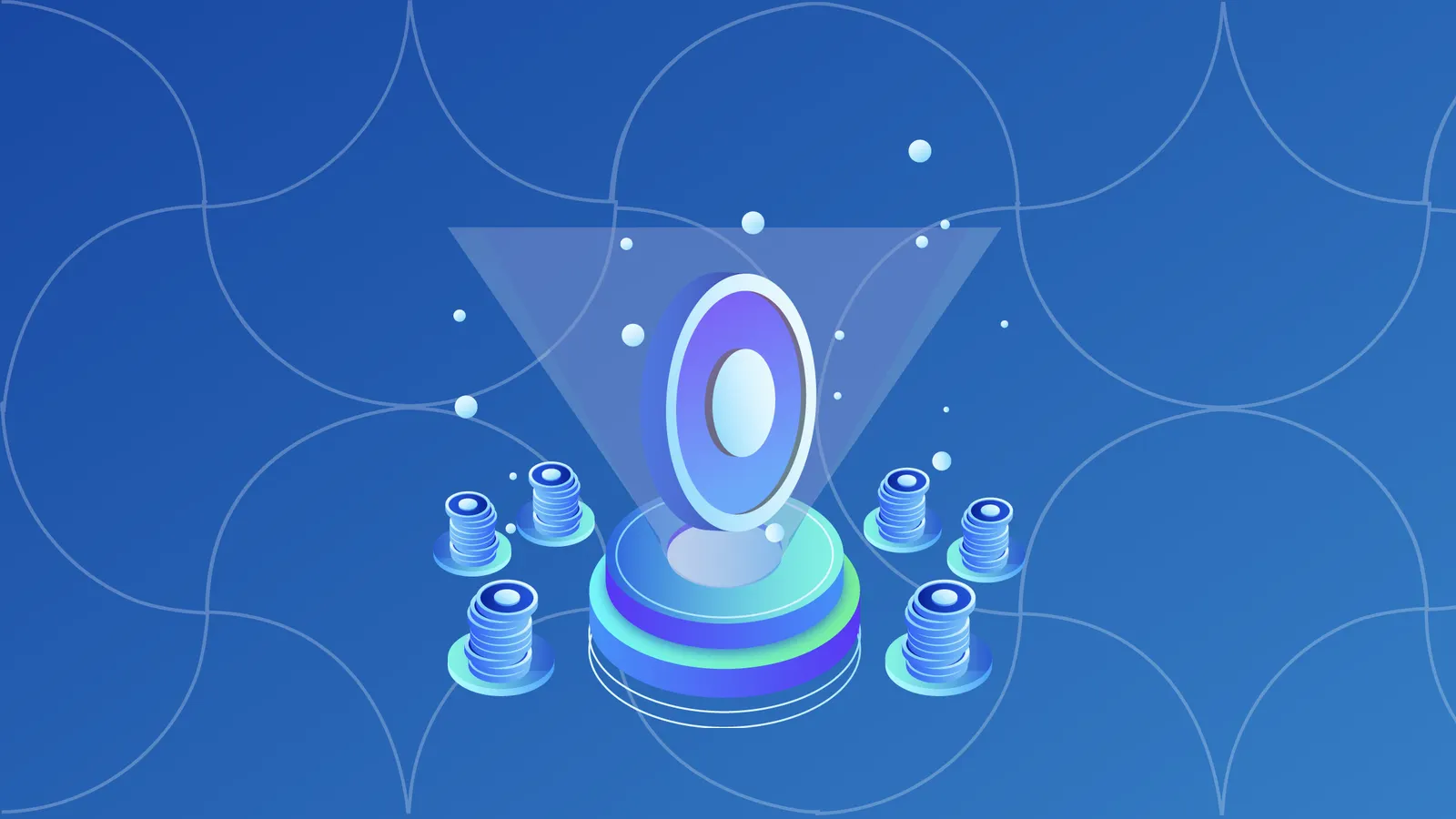Ethereum, the second-biggest cryptocurrency after Bitcoin, is a blockchain-powered platform for creating decentralized applications (dapps).
Where Bitcoin was designed as a currency and a store of value, Ethereum is a decentralized network for running smart contracts—code that runs on a peer-to-peer network and is verified by Ethereum's blockchain.
The idea is to create applications that are secure, transparent and censorship-resistant, since they don't rely on centralized platforms.
Ethereum has been used as the underlying software layer for everything from decentralized finance (DeFi) applications, to "play-to-earn" games using non-fungible tokens (NFTs).
Ultimately, many believe that Ethereum could underpin a re-imagining of how the internet works, dubbed "Web3," in which control of the internet is disintermediated away from big companies such as Amazon and Facebook.
Our super simple guide will help you understand Ethereum’s big idea and the role Ether plays in that vision.
What is Ethereum?
If Bitcoin is the floppy disk of blockchain, Ethereum is the CD: it’s an evolution of the technology. What Bitcoin proved was that a currency could be created by a community, and sent and received by anyone with a cryptocurrency wallet. It also solved the rather tricky double spending issue.
What Ethereum has proven, however, is that blockchain can provide so much more than just a store of value. It can be used to organize people, ideas, companies, money, services, you name it. If anything can be written into code and used by a smart contact, it can be built on Ethereum.
This simple idea has prompted people to use Ethereum to manage property and shares, create social networks and financial applications, develop games, and even build a new nation.
Did you know?
Ether is the cryptocurrency Ethereum uses to build and maintain its network. Ether’s sub-units, Gwei and Wei, are named after Wei Dai, an early pioneer of cryptocurrencies.
Who Invented Ethereum?
A Russian/Canadian computer programmer called Vitalik Buterin wrote the white paper Ethereum is based on. However, the building of the network and community was helped along by a number of co-founders: Anthony Di Loria, Charles Hoskinson, Miha Alisie, Amir Chetrit, Joseph Lubin and Gavin Wood.
A brief history of Ethereum
- November 2013 - Vitalik Buterin writes a whitepaper explaining the concept of Ethereum.
- January 2014 - Ethereum is publicly announced.
- July 2014 - Ethereum launches an ICO using Bitcoin to buy Ether.
- June 2016 - $50 million of Ether is stolen from a crowdsale and Ethereum developers agree to reverse the decision by creating a ‘hard fork’.
- March 2017 - A group of companies including Toyota, Samsung, Microsoft, Intel, and J.P. Morgan establishe the Enterprise Ethereum Alliance, a non-profit designed to make Ethereum suitable for big business.
- December 2020 - The Beacon Chain goes live, the first phase of a sweeping upgrade known as Ethereum 2.0 that will eventually see the network switch over to a proof-of-stake consensus mechanism.
- March 2021 - Visa begins using the Ethereum blockchain to settle stablecoin transactions.
- April 2021 - The Berlin hard fork goes live, reducing gas costs on the network.
- August 2021 - The London hard fork introduces base fees to every transaction and burns transaction fees rather than allocating them to miners.
- September 2022 - The "Merge" moves Ethereum from proof-of-work to proof-of-stake.
- April 2023 - The Shanghai Upgrade (aka Shapella) allows validators to withdraw stakes tokens.
What’s so special about Ethereum?
Ethereum is taking the technology Bitcoin is built on and making it into more than a currency. It allows developers to build apps — they’re called dapps or ‘decentralized applications’ in the Ethereum world — out of smart contracts. We've written an article exploring dapps and smart contracts in more detail.
You can even build your own currency on top of Ethereum. We've written an article exploring Ethereum's currencies within currencies.
If Bitcoin is the gold of the cryptocurrency world, Ethereum is the oil that machines are powered on.
Did you know?
Vitalik Buterin came up with the name Ethereum after browsing Wikipedia articles about elements and science fiction.
What is Ether and how is it produced?
Ether is the cryptocurrency Ethereum uses to build and maintain its network. In a similar way to how Bitcoin works, miners create Ether by creating blocks and solving puzzles, a technique known as mining.
Roughly every 15 seconds, a new block is added to the Ethereum blockchain, with the computer or miner that solves the puzzle at the heart of the block being rewarded with Ether. These fees are called gas fees.
Did you know?
The most commonly used denomination of ETH for referring to gas prices is called Gwei, which is one-one billionth or 10-9 ETH.
Ethereum previously used the same proof of work mining technique as Bitcoin. However, in September 2022 it moved to a different technique known as proof of stake in an upgrade widely referred to as Ethereum 2.0 or the Merge.
What applications have been built on Ethereum?
- 👥 Social Networks - Get paid for your posts on social media dapps.
- 📁 File Storage - Decentralized file storage as a fraction of the price.
- 💸 Overseas Payments - Dramatically reducing the cost of sending cash overseas.
- 💳 Payments Cards - Contactless debit card to pay in Ethereum and other cryptocurrencies.
- 👀 Online advertising - Cutting out the middlemen in online ads. Users get paid directly for watching online advertisements.
- 💱 Exchanges - Decentralized exchanges (DEXs) such as Uniswap enable users to trade cryptocurrencies peer-to-peer, without middlemen.
- 🏦 Loans - Blockchain backed loans with no credit checks.
Cheat Sheet
- Ether is the cryptocurrency Ethereum uses to build and maintain its network.
- A Russian/Canadian computer programmer called Vitalik Buterin wrote the white paper Ethereum is based on.
- Gas fees refer to the cost of a transaction on the Ethereum blockchain. Parties that verify the transactions receive this payment in ETH, and it's often expressed in units of Gwei, each of which is one-one billionth of an ETH.
Up Next
Everything ever invented came about because of necessity. Why did we need Ethereum when we already had Bitcoin? In the next lesson, we find out what issues Ethereum was meant to address.



